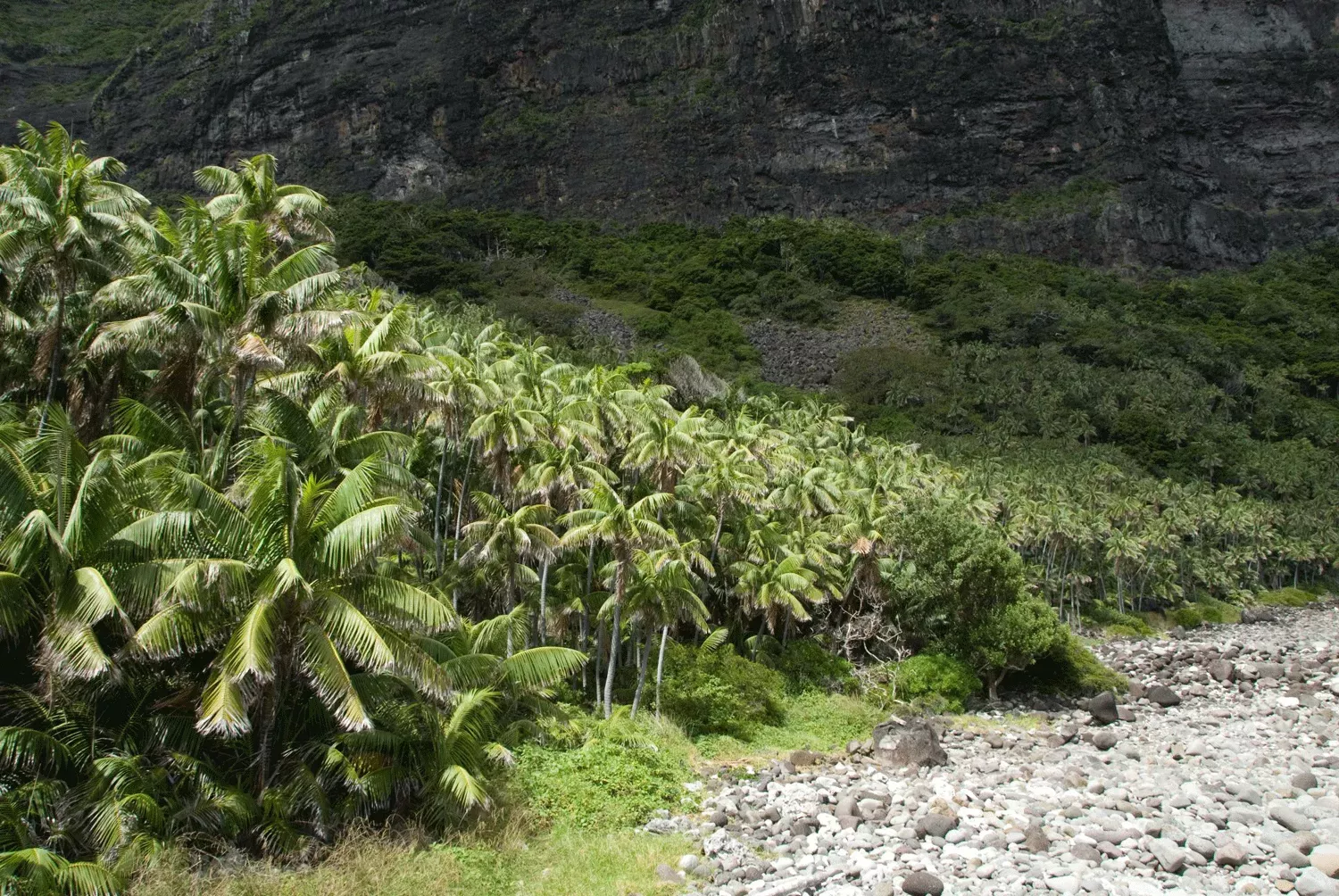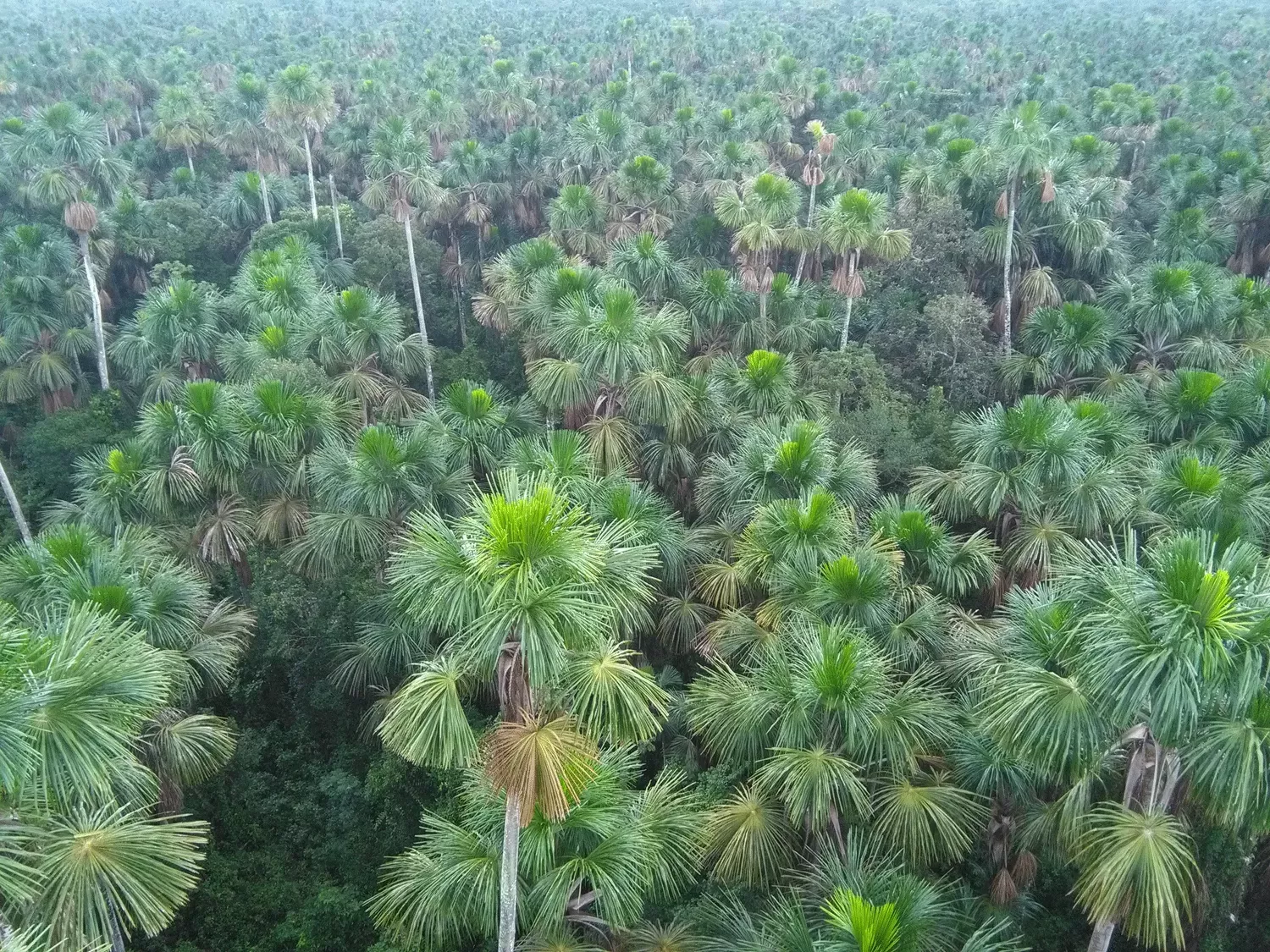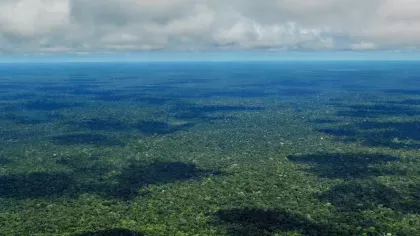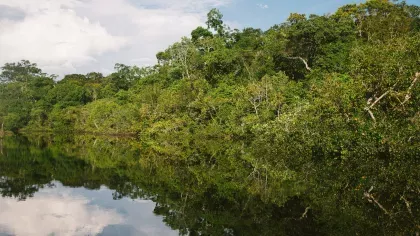8 July 2020
Where do palm trees grow and why does it matter?
Palm trees differ from other tropical trees in many ways but how many grow worldwide has long been a mystery.

Palm trees (Arecaceae) are iconic tropical forest plants. However, the familiar postcard images of coconut palms leaning over white sandy beaches do not capture the stunning diversity of palms and their importance to humans and ecosystems.
There are over 2,500 species of palms. They come in all shapes and sizes, from small shrubs to lianas and towering trees. Many are used by humans for food, shelter, medicine and crafts.
Palms are also among the most common tree species in the Amazon rainforest. But in some tropical areas they are conspicuously absent.
Climate regulators
Forests, in particular tropical forests, have a major role in regulating the climate.
Palms are evolutionarily, morphologically and physiologically distinct from other trees. In fact, palms are more closely related to grasses than to “normal" trees.
These differences can not only affect our estimations of carbon uptake and storage in tropical forests, but also impact on the response of these forests to climate change.
But how many palm trees grow in tropical forests worldwide? This is something that has never actually been surveyed before.

Surveying global tropical forests
I’ve been a part of a large study with over 200 co-authors from 48 countries to do just that.
Using data from over 2000 forest plots worldwide, covering more than 1000 hectares we have been able to build our understanding of palm tree location, number and the environmental conditions in which they grow.
This is the first time such an analysis has been carried out.
We found that palms are over five times more numerous in Neotropical rainforests found in the Americas (such as the Amazon) than in comparable Asian and African forests.
In fact in the Americas, up to 60% of larger tree stems (exceeding 10cm diameter) are palms.
The research also showed that palms were more abundant in wetter areas with less fertile soils and shallower groundwater.
The low abundance of palms in Asian and African forests may be down to a number of reasons including the presence of tall canopies that favour other species such as climbing species and lower monthly rainfall.

Compiling and analysing large amounts of data like this is obviously incredibly challenging, but discovery comes from our ability to ask the right questions and putting the results in to perspective.
As a Brazilian field ecologist working for 15 years in the Amazon region, many of my views at the start of this study were biased by what I've seen in my part of the world.
Seeing plants from all around the world growing together in Kew’s Living Collections, curated in Kew’s vast Herbarium, and working closely with leading palm biologists like Bill Baker (also part of this study) were crucial to developing the ideas that made this study possible.
Read the paper
Muscarella, R., Emilio, T. et al. (2020). The global abundance of tree palms. Global Ecology and Biogeography



